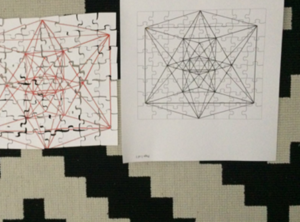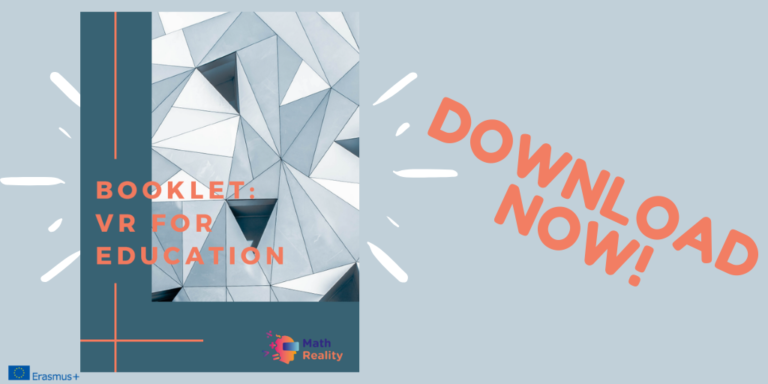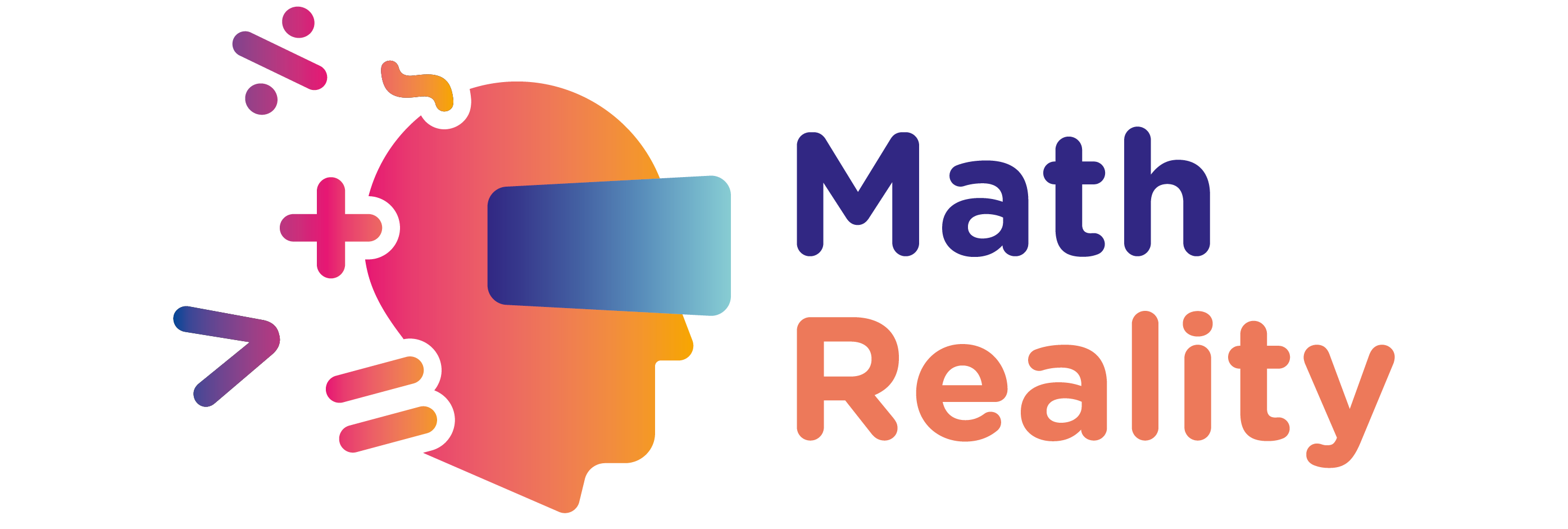Let’s indulge in the concept of non-formal mathematics
Math Reality Project is seeking to transfer non-formal math scenarios and activities into the virtual world, primarily through the creation of virtual reality tools which will be applied in parallel with the official math curricula in all the six partner countries, namely France, Belgium, Cyprus, Italy, Croatia and Romania.
Accordingly, before the official launch of the virtual tools, which will arise as a part of the project derivatives and which will be free of charge for anyone who would be willing to use them, let’s indulge in the concept of non-formal mathematics; inasmuch, by indulging in the term of non-formal mathematics, one would be capable of comprehending in depth the alternative way in which Math Reality’s VR tools will be approaching mathematical theories and concepts.
Let’s start by providing the official definition of the term; according to Coombs, Prosser and Ahmed (1973) who had been of the firsts who attempted to approach the concept, non-formal education refers to any “educational activity organised outside the formal system and designed to serve identifiable clientele and educational objectives”.
Consequently, non-formal education has several of the inherent characteristics of formal education, as they both share a commitment to learning and knowledge acquisition, thus being developed according to methodologically designed curriculum and scientifically sound resources. However, there are many points of non-convergence; the most obvious is the fact that formal education takes place in a school building, while non-formal education occurs in any place that belongs to a community, without any limitations in terms of spatial nor temporal axes.
Non-formal education could be developmentally beneficial in various ways. As Van Horn, Flanagan and Thomson first claimed (1998), non-formal education promotes the experiential learning, the privilege of personal choice and it scatters different types of interpersonal relationships. Through the structured assignment of work, such as creative tasks and activities, young people, but also adults, are encouraged to take decisions related to the mode of working they prefer to be led to the successful absorption of knowledge, thus feeling flexible to extensively investigate their abilities and some of their emerging interests.
It is also proven that non-formal education has a beneficial influence in basic pillars that are interwoven with youth’s and adults’ life: such as personal development; reinforcement of active citizenship; abatement of unemployability, and; formation of more human societies.


The effective teaching of mathematics includes the use of various teaching methods. There is a consensus that certain methods such as problem-based learning, investigation and contextualization are particularly effective in achieving results and improving students’ attitudes towards mathematics. Although most central authorities in Europe say they provide some guidance on how to teach mathematics, there is a need to strengthen support for methods that encourage active student participation and critical thinking.
At present, many studies reaffirm the idea that non-formal mathematics can provide a basis on which learners can rely to build more sophisticated mathematical knowledge; the classroom activities should allow the learner to experiment with a plurality of mathematical situations, tools and concepts that make explicit the links between the mathematics of everyday life and those developed in school.
With non-formal mathematics, the learner is at the heart of learning: he discovers, manipulates and models. They can be based on individual and group learning as part of an overall collective approach, they are participatory and learner-based, they are action and experience-based.
Non-formal mathematics can therefore demystify math in order to give it a taste from an early age and, therefore, encourage STEM (Science, Technology, Engineering and Mathematics) to contribute to the economic development of our countries.

LEARN MORE:
If you are a math/science educator or student and you would like to learn more about various ramifications of non-formal mathematics, stay tuned with “Math Reality” website, as well as with the official communication channels; we will very soon launch the finalised version of our Pedagogical Guide “VR for Mathematics”. The guide, specifically customized for math/stem educators, but also easily readable for anyone who is interested in such topics, will be elaborating on the following:
The Non-Formal Approach of teaching Mathematics
What’s the non-formal approach of teaching mathematics; tools for learning in non-formal education; successful examples of non-formal tools related to mathematics which could be incorporated to the official math curricula; how to DIY Non-Formal Math.
Integrating VR Technology into the Non-Formal Approach of Teaching Mathematics
Modern technological innovations that are currently being used; new perspectives and possibilities that VR Technology could bring to mathematical non-formal scenarios.
Pedagogical aspects of VR technology
What makes a VR Math tool pedagogical; properties and criteria; the most powerful VR Math tools/games that are currently being used within different educational contexts.
Practicalities of using combined non-formal approach and VR technological innovations for mathematics in the classroom:
- A practical guide on how to create lesson scenarios:
- How to select the topic along with the mathematical concept(s)?
- Which topics-concepts are suitable and why?
- How to embed the topic along with the math concept into a non-formal scenario?
- How to introduce innovative technologies and already existing VR Math applications into the non-formal scenario you have created?
- Media and Techniques which could reinforce the educational process
A practical guide on how to create a progress timeline:
Possibilities that the educator has as regards the structure of the lesson (lesson plan) that includes VR technologies and the order of presenting all the material which contains VR applications
WE ALSO CREATED:

